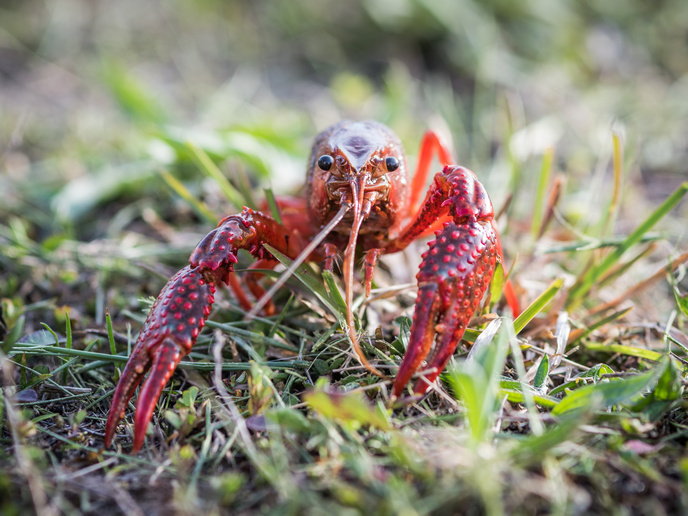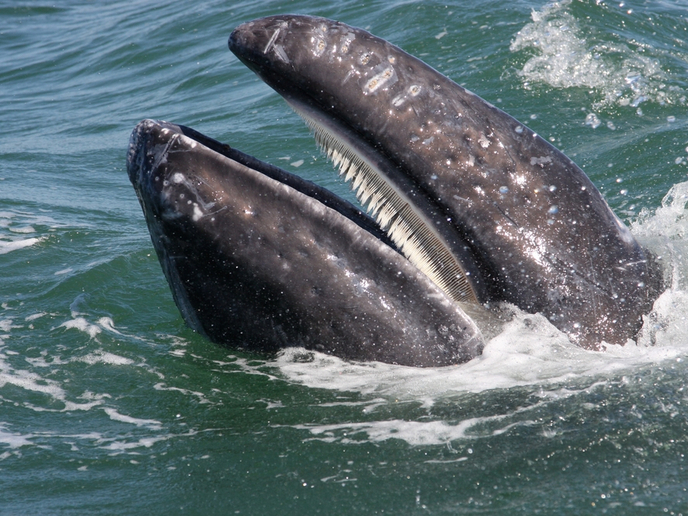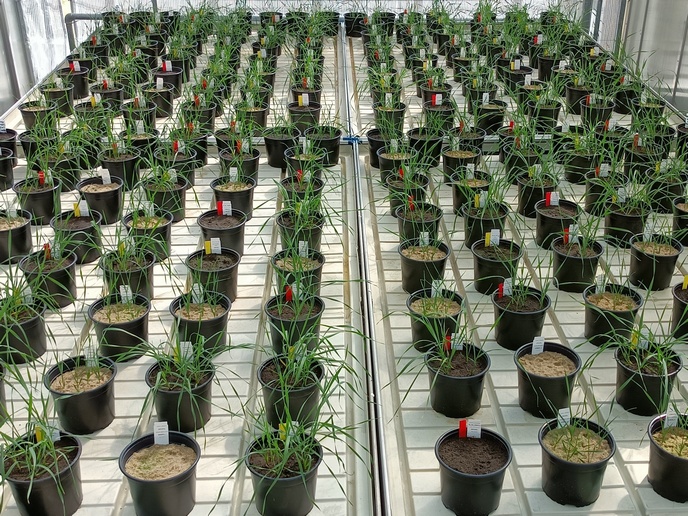Rapid adaptation of invasive alien species in different environments
Invasive alien species are one of the biggest global threats to biodiversity. Introduced accidentally or deliberately into an environment where they are not normally found, they create negative consequences for that environment. Their rapid adaptation and evolution in response to environmental stressors can lead to significant changes in their invasive capacities and there is a lack of research on the topic. With the support of the Marie Skłodowska-Curie Actions programme(opens in new window), the EvoTox(opens in new window) project coordinated by Jehan-Hervé Lignot of the National Centre for Scientific Research(opens in new window) (CNRS) investigated this phenomenon. The team studied three populations of the Louisiana red swamp crayfish (Procambarus clarkii, or P. clarkii) in different environments and in the lab to evaluate the impact of stressors on phenotypes and genotypes.
Crayfish as a model system of rapid evolutionary adaptation
Evolutionary processes and rapid adaptation have been linked to increased invasive capacity in invasive alien species. However, the mechanisms have not been well studied. The Louisiana red swamp crayfish is a vector of crayfish plague. It is also responsible for the large-scale disappearance of native European crayfish. “We studied three different populations of P. clarkii. Two of these are coastal populations facing similar salinity changes and different degrees of pollution, mostly from herbicides. One is a freshwater population that has never experienced either. We sought to identify and compare specific molecular and physiological mechanisms of key local rapid adaptations,” explains Lignot.
Environment-dependent changes in crayfish
MSCA fellow Diana Martínez Alarcón studied molecular and physiological differences between individuals collected from these different isolated environments and subsequently challenged in laboratory conditions. The additional challenges consisted of acute sublethal pollution (using a cocktail of a herbicide and a pesticide), abrupt salinity changes and a stress challenge consisting of exposure to polluted freshwater followed by a salinity increase). Physiological data comprising oxygen consumption rates, behaviour, acid-base balance and hydromineral balance demonstrated low individual variability of oxygen consumption and low genetic diversity of the Camargue coastal population. By contrast, the freshwater population and the other coastal population exhibited a high inter-individual variability. This suggests a specific local adaptation in oxygen consumption and the genome. Furthermore, “the freshwater population is the only one that shows altered hydro-osmotic balance and a change in protease activity in the digestive gland (hepatopancreas) due to pollutant exposure. These results revealed different phenotypic responses, suggesting local adaptations to different environments at population level. In addition, individuals collected from the mostly polluted coastal environment in Camargue demonstrated a remarkable downregulation of genes, particularly in the gills, as revealed by a transcriptomic analysis of the hepatopancreas and gills of all groups,” explains Martínez.
Rapid evolution in invasive alien species
EvoTox focused on rapid evolution in invasive alien species – when a genetic change occurs quickly enough to induce a measurable impact on an ecological trait. It is known that rapid changes can occur in these species. “By studying an invasive alien species in different environments with different stressors, both naturally and in the lab, EvoTox has begun to unravel the drivers and effects of rapid evolution and shown that the same species can differ in physiological responses and genetic structures in different environments.” Insight will inform future studies of rapid evolutionary processes in invasive alien species to improve risk assessment and management and better protect global biodiversity.







